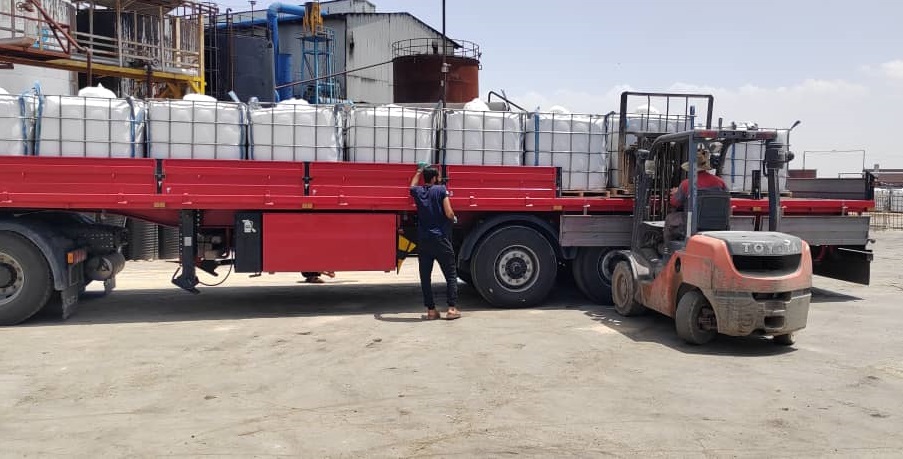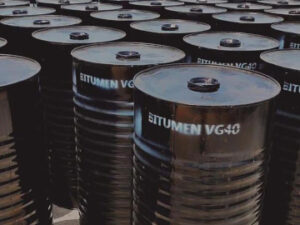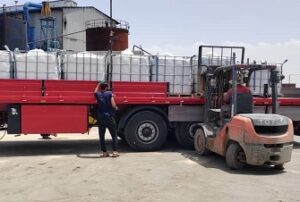China’s Bitumen Supply Chain Faces Structural Tightening Amid Rising Seasonal Demand
Domestic availability of bitumen in China has tightened sharply heading into the second half of 2025. Reduced refinery activity, limited access to discounted feedstocks, and a seasonal spike in consumption have together driven prices higher and narrowed sourcing options. The current supply strain is not driven by sudden demand, but by a steady erosion of throughput at a time when construction cycles are intensifying.
Production has been curtailed primarily by thin refining margins and routine maintenance cycles, with national operating rates dropping below 30% by late May. Weekly output has slipped below 470,000 tons, offering little relief to a market already facing diminishing inventories. Refiners—particularly independents—are cutting runs and increasingly relying on imported components to maintain limited production schedules.
A major portion of China’s bitumen blending feedstock is sourced externally, often through creative routing. Between mid-2024 and early 2025, 2.7 million tons of bitumen blend entered the country labeled as Brazilian, though much of it was traced to Venezuela. This form of circumvention, while effective in meeting quotas, raises concerns about regulatory sustainability and pricing distortion.
Traders have turned to the Gulf for more stable, cost-effective supply. Iranian FOB values in early May were around $342.50 per ton, significantly undercutting Bahrain’s by nearly $28. Iran’s heavier grades—115/15 and 150/5—have gained traction, particularly among buyers looking to optimize yield under constrained margins. Meanwhile, Russian material has become less viable following Beijing’s rollback of fuel oil tax incentives and more rigid import enforcement since January. This policy recalibration has sidelined many refiners who previously relied on Russian-origin feedstocks.
The market remains under pressure from both sides. Consumption is accelerating across infrastructure sectors, with broad deployment of grades such as 60/70 and emulsions like CSS-1. At the same time, sourcing is complicated by trade restrictions and internal policy shifts aimed at controlling unregulated flows. This dual compression—limited input, rising output—has altered the market’s equilibrium.
Instead of stabilizing, the outlook for China’s bitumen supply chain points to continued constraint. Unless alternative procurement strategies are implemented or policy barriers relaxed, refiners and contractors will operate within a narrow margin of flexibility heading into Q3.




